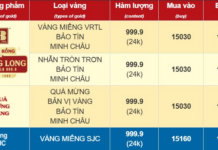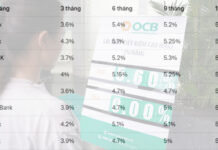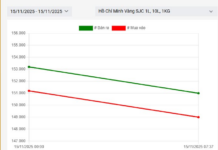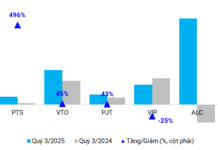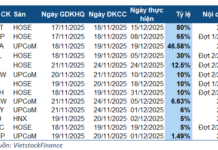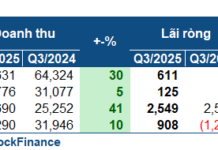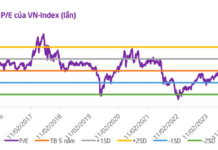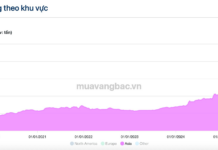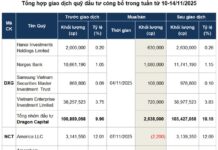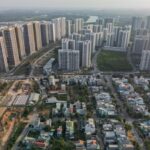A notable suggestion in the proposal for controlling vehicle emissions developed by the Public Transport Management Center (under the Ho Chi Minh City Department of Construction) is the plan to establish a low-emission zone in the city center by 2026.
The proposed low-emission zone in the city center encompasses an area bounded by 15 bridges, including Dien Bien Phu – Bui Huu Nghia, Bong (Dinh Tien Hoang), Hoang Hoa Tham, Tran Khac Chan, Kieu (Hai Ba Trung), Cong Ly (Nam Ky Khoi Nghia), Le Van Sy, Nguyen Van Cu, Ong Lanh (Nguyen Thai Hoc), Calmette, Khanh Hoi, Nguyen Huu Canh, Thi Nghe Bridges.
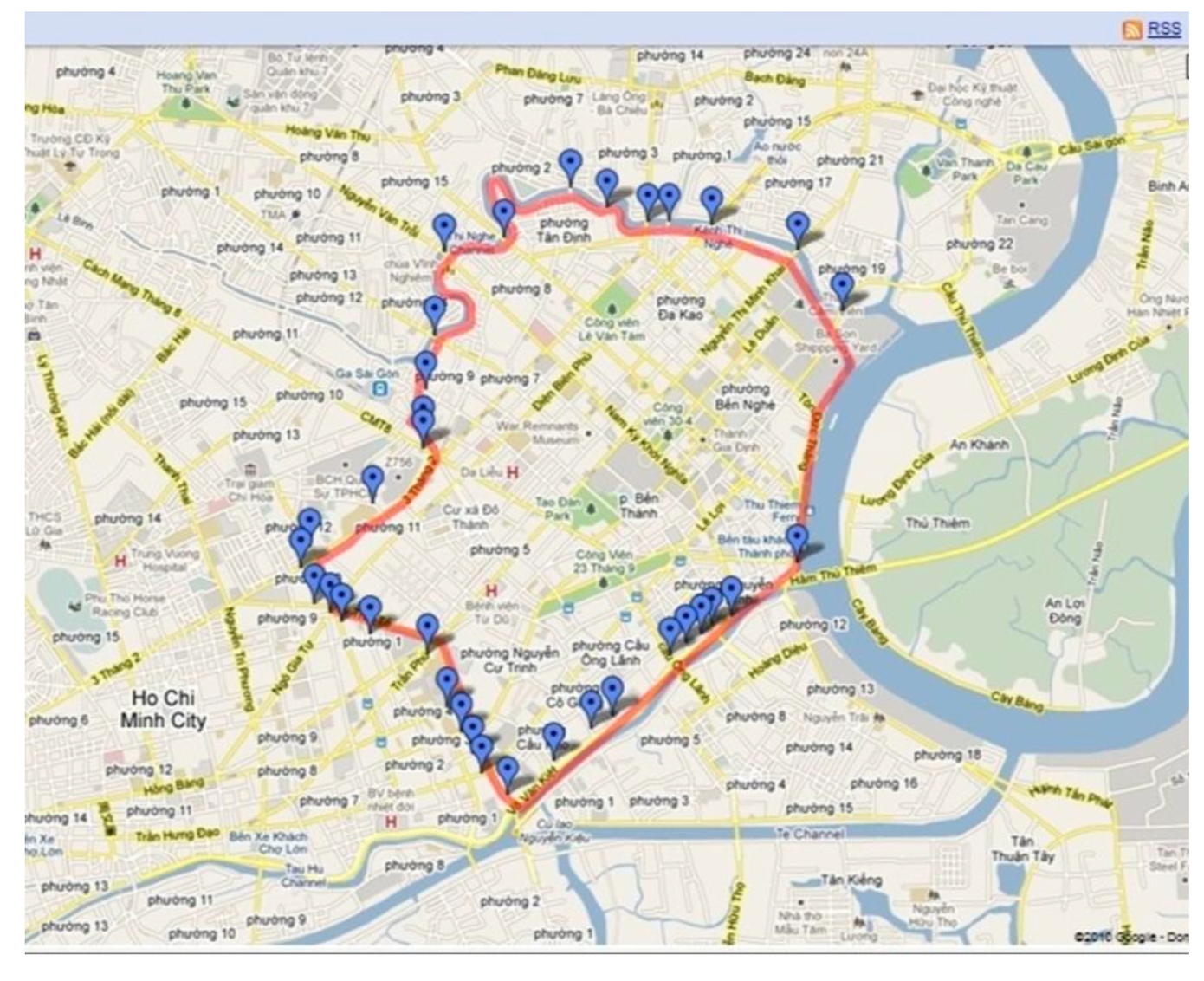
Map of the proposed low-emission zone in the city center. Source: Ho Chi Minh City Department of Construction
The restricted area also includes 17 roads/streets: Ba Huyen Thanh Quan, Nguyen Phuc Nguyen, CMT8, Cao Thang, Le Hong Phong, 3rd of February, Ly Thai To, Ngo Gia Tu, Ho Thi Ky, Tran Phu, An Duong Vuong, Nguyen Trai, Phan Van Tri, Tran Hung Dao, Nguyen Cang Chan, and Tran Dinh Xu.
As per the proposal, individuals and households residing within this low-emission zone will not be allowed to register new gasoline-powered motorcycles.
The proposal also recommends that the Ministry of Construction mandate a lifespan for gasoline-powered motorcycles, after which they must be scrapped, similar to the regulations in China, where gasoline-powered two-wheelers must be scrapped after 13 years of use or 120,000 km, or if they fail emissions/safety tests three times consecutively.
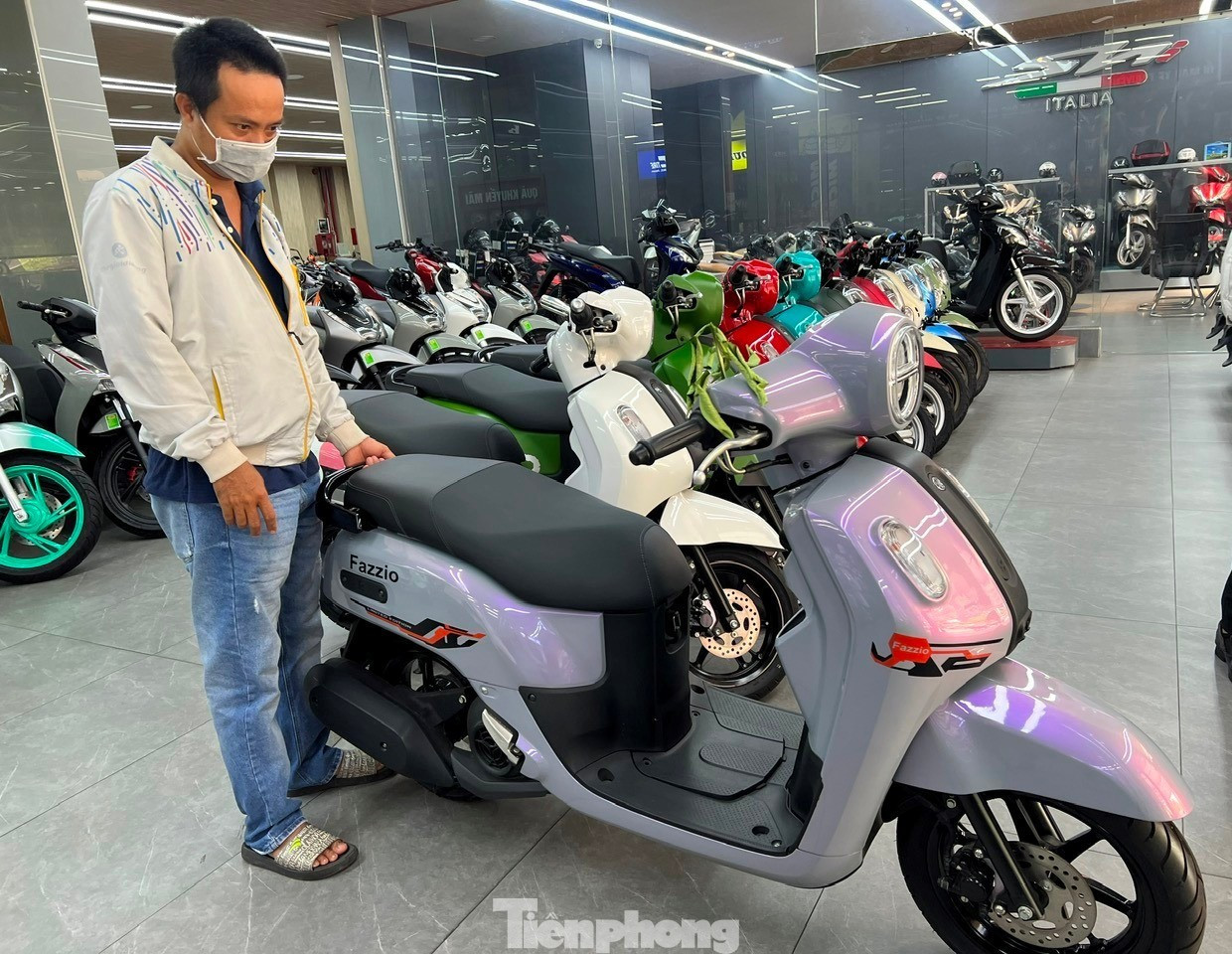
Customers buying gasoline-powered motorcycles in Ho Chi Minh City. Photo: Uyen Phuong
The proposal also suggests a range of policies to encourage the adoption of green transportation, with a particular focus on providing incentives for electric motorcycles and automobiles.
For electric motorcycles, the city plans to offer a 50% reduction in registration and license plate fees, a direct subsidy of 10% of the purchase price (up to VND 5 million), and a 20% interest rate subsidy on loans for the first year, calculated based on the average rate of the four major commercial banks in the area plus a 2% management fee. Residents within the low-emission zone who scrap their gasoline-powered motorcycles will also receive a refund of approximately 70% of the remaining value.
Regarding electric cars, the incentives include a 50% reduction in registration fees and road maintenance charges, as well as a 10% interest rate subsidy in the first year, following the same mechanism as electric motorcycles.
As per the proposed roadmap, starting in 2026, after the establishment of the low-emission zone in Ho Chi Minh City’s center, commercial vehicles that do not meet Euro 4 emission standards and motorcycle taxis that do not meet Euro 2 standards will be restricted from operating within this area. Heavy-duty diesel trucks will be completely banned. The city will prioritize environmentally friendly vehicles, such as those using clean and renewable energy, zero-emission vehicles, specially licensed vehicles, or those with priority status.
From 2027 to 2032, the proposal suggests expanding the low-emission zone, restricting all motorcycles that do not meet Euro 2 standards and cars below Euro 4 standards from circulating in the city center. After 2032, emission standards will continue to be raised, and the low-emission zone will be expanded to include the Ring Road 1 area.
The New Hope for the North Bank of the Kênh Đôi Project: Cầu Hiệp Ân 2 Groundbreaking Ceremony to Begin Soon
The bustling city of Ho Chi Minh is set to undergo a remarkable transformation with the upcoming construction of the Hiep An 2 Bridge. This ambitious project aims to revitalize the northern bank of the Kênh Đôi canal, providing a much-needed facelift to the aging infrastructure of the area. With the bridge serving as a pivotal connector, the city plans to relocate dilapidated housing and elevate the overall standard of living for its residents. This includes comprehensive measures to mitigate flooding, ensuring that the district emerges as a resilient and thriving community.






